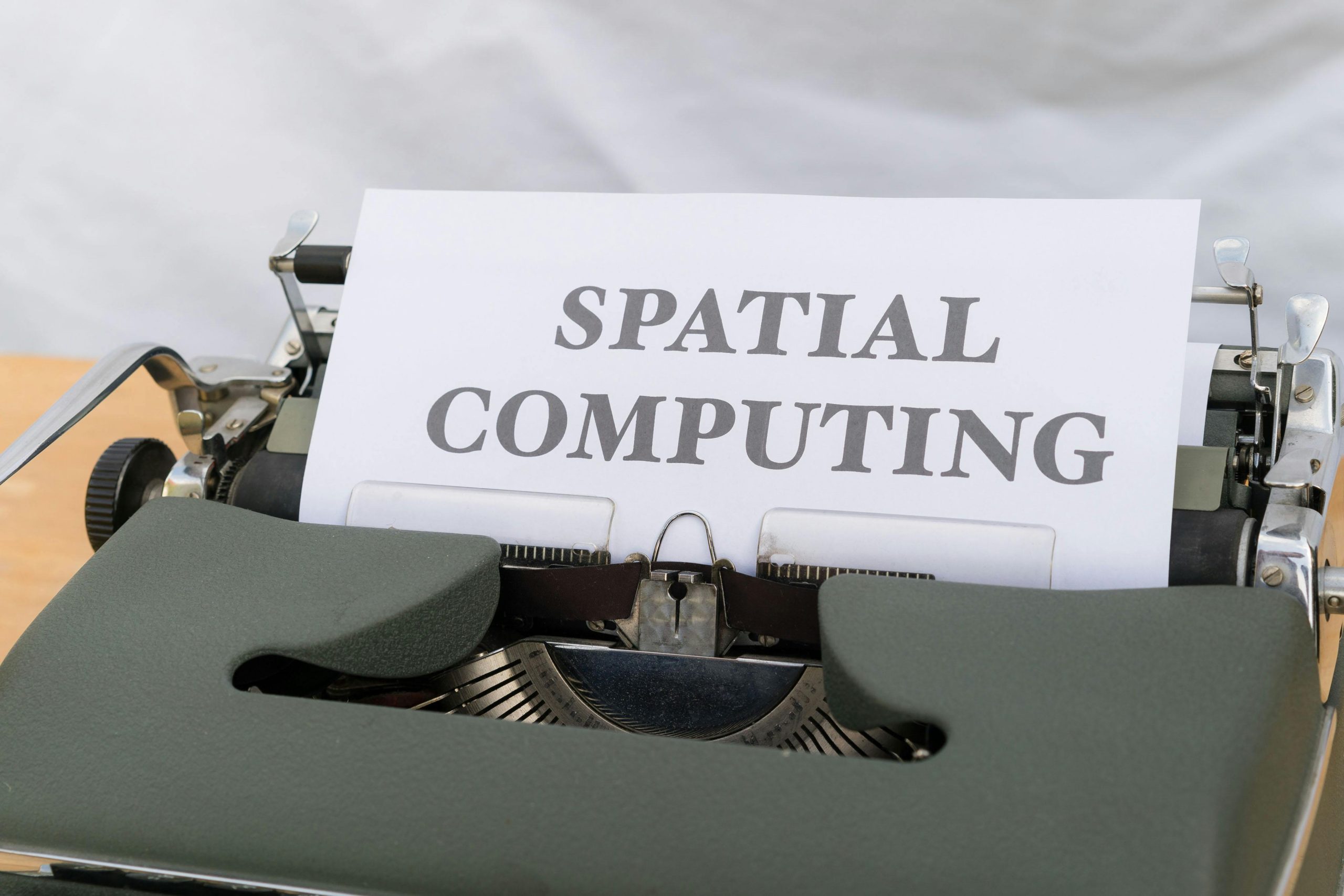Troubleshooting Java Update Errors on Windows 11: Resolving Error 1603 After System File Corruption
Introduction
Java is a critical component for many applications, and keeping it up to date is essential for security and performance. However, users occasionally encounter issues when attempting to update Java on Windows 11, such as Error 1603, which can be frustrating and confusing, especially if system file corruption or incompatible updates are involved. This article provides a professional, step-by-step guide to troubleshooting and resolving Java update issues on Windows 11, with particular attention to Error 1603 after system repairs.
Understanding the Issue
When attempting to update Java on Windows 11, you might encounter Error 1603. This generic error often indicates a problem with the installation process, which can stem from various causes including:
- Corrupted system files
- Existing Java installations that conflict with updates
- Registry issues
- Pending system updates or incompatible Windows versions
In some cases, running a System File Checker (SFC) scan reveals corrupt files that need repair before the update can succeed. Post-SFC, you may notice persistent update failures despite rebooting or attempting common fixes.
Assessing Your System and Options
Before proceeding, note the following:
- If your system files were found corrupt and repaired, ensure that SFC completed successfully.
- The user’s system cannot be downgraded to Windows 10, limiting some rollback options.
- Manually uninstalling Java entirely can be complex due to multiple installations or residual files.
Recommended Troubleshooting Steps
-
Backup Important Data
Always back up your system or create a restore point before making significant changes. -
Use the Java Uninstall Tool
Oracle provides a Java Uninstall Tool to remove all Java versions safely: - Download the official Java Uninstall Tool from Oracle’s website.
-
Run the tool and follow prompts to completely remove existing Java installations.
-
Manually Remove Residual Java Files
If the uninstaller cannot remove all traces: - Navigate to “Programs and Features” in Control Panel.
- Look for Java entries and uninstall them.
-
Delete Java-related folders from:
C:\Program Files\JavaC:\Program Files (x86)\Java%APPDATA%or%LOCALAPPDATA%directories if applicable.
-
Clean Registry Entries
Use a reputable registry cleaner or manually edit registry entries related to Java (advanced users
Share this content:



